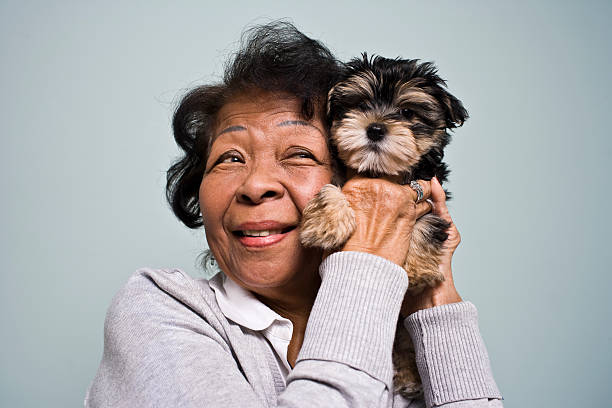Using puppies in 40 litters from 32 breeds, we investigated the relationship between the frequencies of behaviours (social signals), and the adult morphology of these dogs. Despite a high level of precision, no statistically significant relationships were found between the deviation of the adult morphology from the ancestral lupine morphotype and early social signalling in the dog.
Dogs show a range of behaviors that reflect their emotional state. It is important that dog owners recognize these behaviors to accurately assess their dog’s emotional state. We examined dog owners’ self-reported comprehension (SRC) of their dog’s emotional state. Eighty-nine participants attending puppy socialization classes at local veterinary clinics in the Melbourne Metropolitan area, Victoria, Australia, rated their comprehension of their dog’s emotional states (Happy, Sad, Anxious, Angry, Friendly Greeting, and Anxious Greeting) and listed the behaviors they used to judge the emotional state of their dog.
This article describes why it is important to recognize body language cues in dogs both for safety and welfare. How dogs communicate with their body language. Purina Pro Club. Croney, C. Shreyer, T. The Stanton Foundation
Accurate assessments of behavior and welfare are needed to evaluate the state of domestic dogs maintained in commercial breeding (CB) and other types of kennels. Field assessments of dogs’ states of being must be valid, reliable, and efficient. However, concerns about observer subjectivity and situational variation in dogs’ responses pose a challenge to incorporating behavioral metrics into welfare assessment tools. The Field Instantaneous Dog Observation (FIDO) tool, designed to capture the immediately observable physical and behavioral status of dogs in kennels, was thus examined. The Stanton Foundation
Objective, reliable behavioral tests are needed to refine on-site welfare assessments of dogs housed at commercial breeding (CB) kennels and provide a basis to inform predictions of their behavior when retired from such kennels. This study tested the reliability, construct validity, and applicability of a protocol for the behavioral assessment of dogs from CB kennels that might be useful in comprehensive welfare assessments of this population. Stanton Foundation





